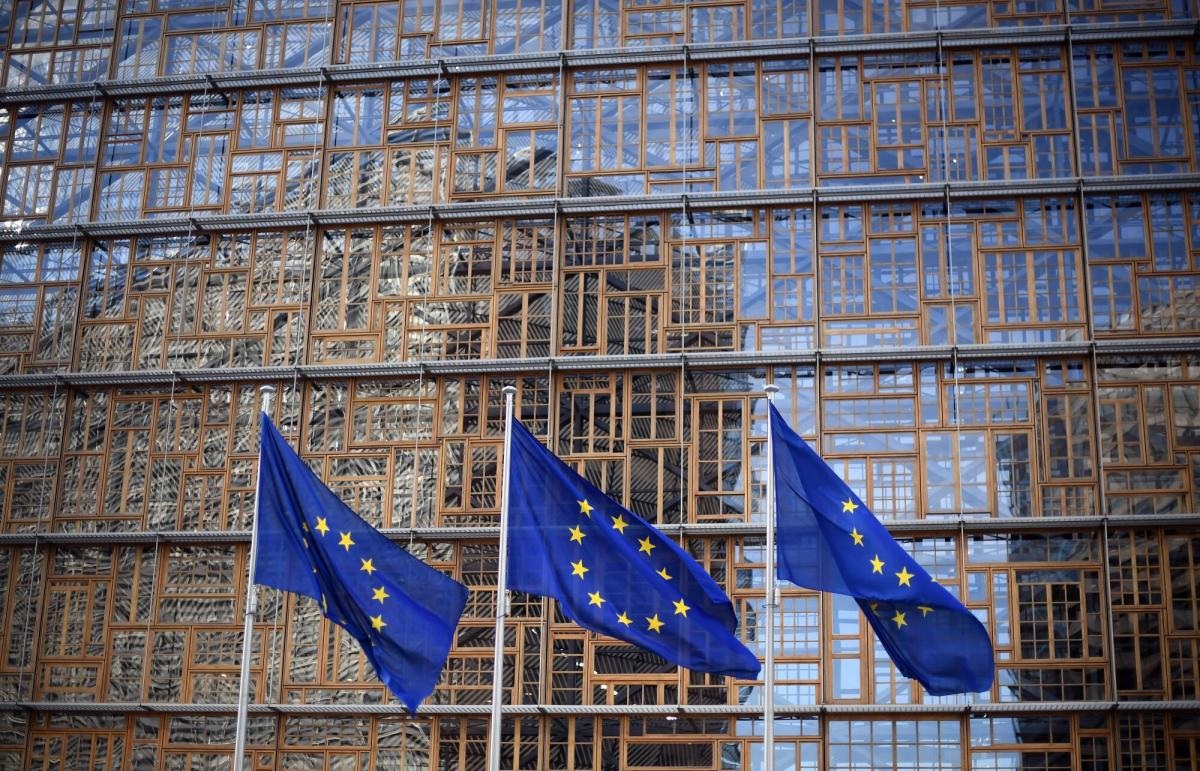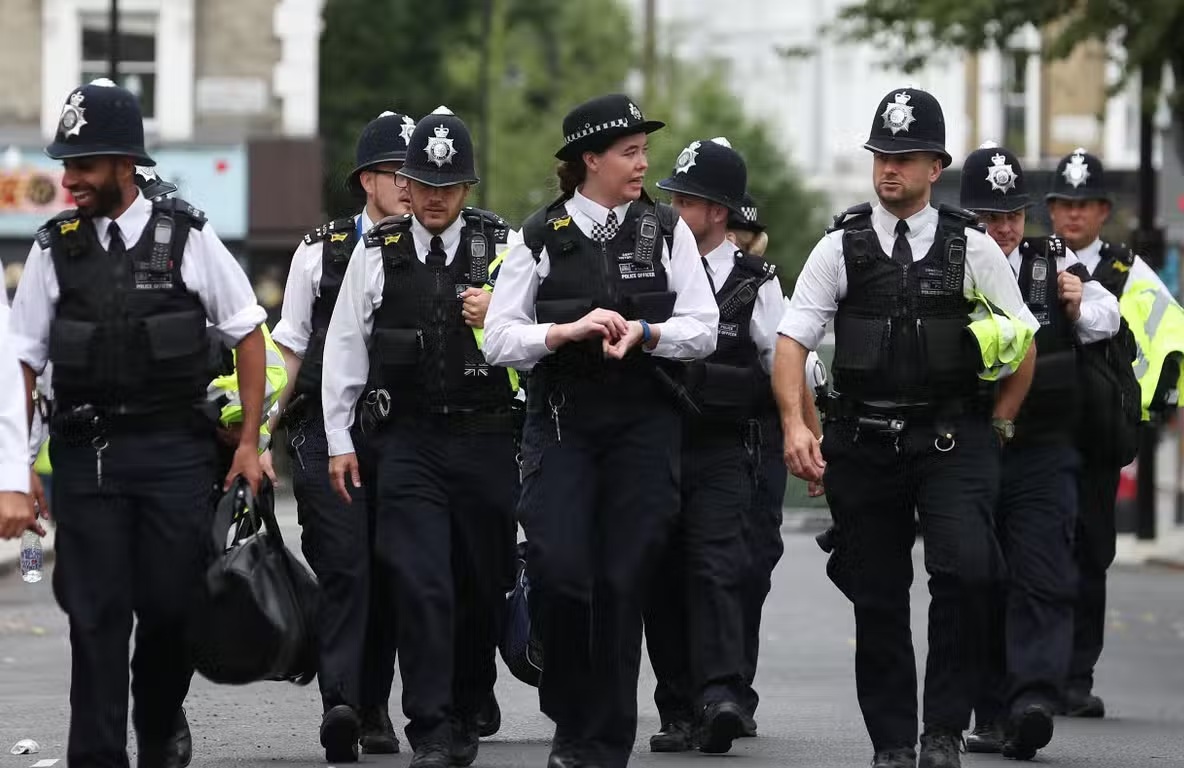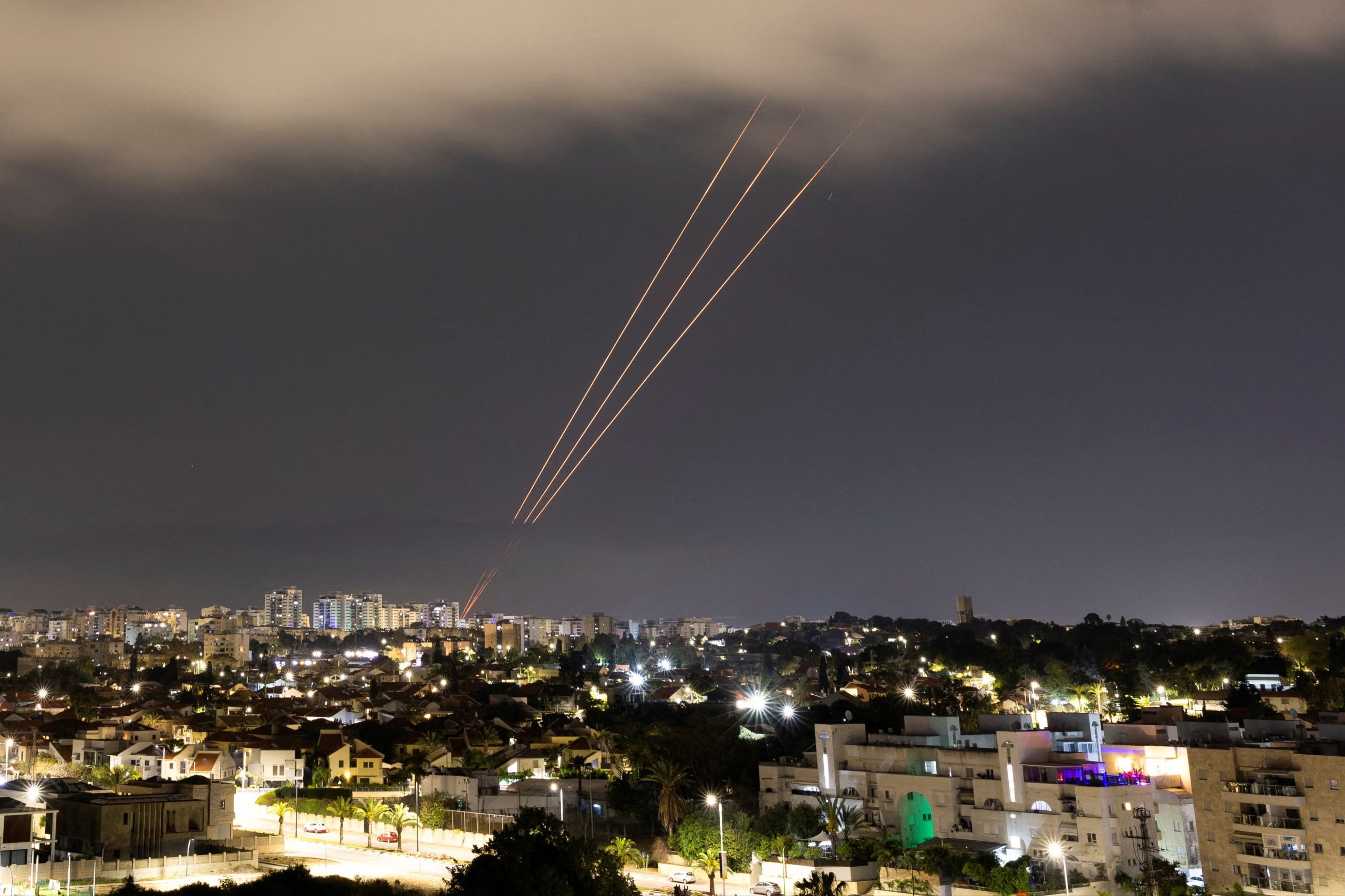European Centre for Counterterrorism and Intelligence Studies-Germany and Netherlands
by Husham Al-Hashimi-Center for Global Policy
Although the Islamic State (ISIS) was territorially defeated in March 2019, the group has survived and remained relevant by reverting from a large proto-state to an insurgent entity with a localized approach, although it will retain the ability to conduct transcontinental terrorist attacks. In the past few months, ISIS’s actions in Iraq have demonstrated its resilience and dynamism. It retains significant freedom of operability in both rural and urban areas. It has also shown that it understands its environment and is deftly exploiting Iraq’s political infighting, economic weakness, and fragile security environment.
ISIS has been able to use recent developments in Iraq as substantial operational opportunities: widespread public protests since October, the government’s resignation and the ensuing political stagnation, the infighting over the U.S. killing of Popular Mobilization Forces (PMF) leader Abu Mahdi al-Muhandis, and the withdrawal of U.S. forces from Iraq. ISIS has seized the opportunity to launch attacks in Diyala, Salah al-Din, Ninewa, Kirkuk, and northern Baghdad. Significantly, rather small groups of nine to 11 men carried out the attacks as security forces redeployed to central and southern Iraq to contain anti-government protests.
This year, ISIS also continued to target PMF and Tribal Mobilization Forces (TMF) units west of Salah al-Din and northeast of Diyala. In the last two months it adopted a new approach, activating autonomous sleeper cells to carry out attacks in rural areas south of Samarra and north of Baghdad. What this shows is that while ISIS left enough fighters in Mosul to increase the cost of liberation as much as possible, it also preserved the more seasoned fighters for the current insurgency underway. A counter-ISIS strategy should embrace the same localism, focusing on population resettlement, local mobilization, and better coordination between local and centralized security forces.
Factors in ISIS’s Areas of Operations
ISIS’s geographic focus tends to be shaped by one or more of the following criteria.
The first factor is material gain. ISIS targets areas in the west bordering Syria and in the east bordering Iran for this reason. It targets highways connecting western, northern, and eastern provinces or serving as routes for trade, oil and gas trucks, energy pipelines, electricity networks, and communication and internet networks. Those areas, according to confessions detainees gave to Iraqi security, provide ISIS with up to $3 million a month from taxes imposed on transportation companies as well as business dealings in medicine, weapons, cigarettes, smuggled oil, illegal substances, and food. Additionally, ISIS has investments in Iraq that are worth no less than $100 million which produce monthly revenues of up to $4,000,000, according to special security reports. This money helps sustain communications with sleeper cells, costing about $200-$250 a month for a field soldier and $500-600 a month for a leader, according to security sources. It also provides funding for tracking ISIS prisoners, or supporting wounded and disabled fighters and the families of fallen fighters. Finally, it supports targeted attacks on people in territories lost by ISIS as part of an attrition strategy.
The second factor is strategic depth and safe haven. ISIS focuses on settling deserted villages across northern and central Iraq where natural geographic barriers and terrain – such as valleys, mountains, deserts, and rural areas – make conventional military operations challenging. Here it can use caves, tunnels, and camps for training and evade surveillance, spying, and enemy operations.
The third factor is the specific target environment. ISIS targets the belt areas surrounding cities and large villages that tend to have a heavy presence of TMF, local forces, and low-level officials who cooperated with the government to expel ISIS between 2014 and 2017. Those areas are inherently unstable due to friction between the TMF and other local forces, on the one hand, and the non-local loyalist PMF on the other. Aggrieved locals, especially those harmed by economic and wealth management in areas taken from the group, may be more welcoming to ISIS. It is incorrect to assume populations will be pro-ISIS simply because they are Sunni, but converging political, security, and economic decay certainly gives ISIS inroads with some of the population.
Geographically, ISIS patrols are now able to operate in many rural areas in Salah al-Din, Kirkuk, Diyala, and northern Baghdad, carrying out what amounts to an assassination campaign. ISIS is present in depth in the northeast and northwest of Iraq, with roaming patrols that have renewed their allegiance to the new leader Abu Ibrahim al-Hashimi al-Qurashi.
ISIS’s Calculations
ISIS imperatives and operations point to three likely strategic priorities.
The first is breaking the morale of pro-government Sunni tribal forces and local officials (mukhtars). In 2020, ISIS has described the sheikhs, tribal leaders, and mukhtars as apostates, seeing them as an existential threat to ISIS’s remnants. The Islamic State’s predecessors faced a similar enemy in the “Awakening” forces in 2006-2008, which they never completely stopped fighting. In recent months, ISIS has used substantial violence against these perceived Sunni collaborators, including kidnapping and assassination operations against TMF figures, in addition to shelling villages in with mortars and Katyusha rockets, and burning farms.
The second priority for ISIS is to establish freedom of maneuver and operation in empty areas and deserted villages while encroaching on rural belts around cities, including the Baghdad belt and the outskirts of Tikrit, Samarra, Mosul, and Kirkuk. Iraqi intelligence services reportedly have details and images concerning those activities. Experts tend to agree that it is not possible to counter these operations solely using local forces originally formed to fight decisive battles. Those areas could therefore become a staging ground for ISIS operations against TMF and local forces and intelligence services alike. Indeed, ISIS attacked the Iraqi directorate for counterterrorism and intelligence in Kirkuk on April 27. Security sources told Kurdish news network Rudaw that one of the assailants managed to enter the building. ISIS later confirmed the attack and said it was carried out by a foreign jihadist identified as al-Qaqaa al-Muhajir.
The third priority for ISIS is to impede normalization, including efforts to stabilize liberated areas, rebuild their economies, and resettle the displaced, as a form of revenge against communities that rejected and expelled ISIS. The Islamic State is also determined to prevent political parties and groups from becoming self-reliant in managing and running their cities. Another component of normalization, and therefore a core ISIS target, is sectarian coexistence. Indeed, ISIS’s encroachment on Samarra city aims to force Salah al-Din province to further rely on PMF divisions, which ISIS hopes will worsen Sunni-Shiite tensions. Local leaders in the province have become more inclined to ask Baghdad for military help in nearby hotspots such as Therthar, northern Baiji, Shirqat, Mutubijaha, and Al-Udhaym.
War of Attrition
Through 2020, ISIS has concentrated its operations in Diyala, Salah al-Din, northern Baghdad, Kirkuk, and Ninewa, an arc across eastern and northern Iraq. In April, ISIS conducted 87 attacks in these areas that killed 183 people. Iraqi authorities confirmed only 23 attacks in the first three weeks of April, which killed 43 civilians and military personnel and destroyed four military vehicles, three military monitoring points, and one army building. Even if we rely on the official Iraqi statistics, the attacks increased in April, from 36 confirmed attacks in March (ISIS claimed 139 attacks in March). In April last year, ISIS carried out 21 confirmed attacks.
If ISIS re-establishes a presence in some areas, especially in southern Kirkuk, the northeast of Diyala, and east of Salah al-Din, this could once again facilitate its expansion south of Samarra and north of Baghdad, which would grant it access to key highways connecting Iraqi provinces. That would in turn enable ISIS’s logistics and mobility, especially the supply of weapons and ammunition acquired through access to different areas in Iraq. Security reports, seen by the author, already confirm the movement of ISIS’s weapons, ammunition, and patrols from east to west, and vice versa.
Also, gaining a foothold in rural areas surrounding cities is an essential goal for ISIS leadership, especially around Baghdad, Tal Afar, Qayyarah, Baiji, Hawija, Sharqat, Tikrit, Fallujah, and Muqdadiyah. This would allow the group to target commercial trucks, fuel tankers, security forces convoys, tourist groups moving between Iraq and Iran, power lines, internet lines, and communication towers.
According to Iraqi intelligence reports, ISIS focuses on these geographies for the following reasons:
- Extortion
- Reactivation of sleeper cells
- Inciting sectarian strife between Sunni and Shiite communities
- Encroaching on camps where ISIS family members are held and eventually freeing them
- Taking revenge against Sunni inhabitants who cooperate with the Popular Mobilization Forces (PMF)
ISIS’s weekly magazine Al-Naba outlined the group’s attrition strategy in Issue Number 213, explaining that its attacks – however small they may be – keep the government forces on alert, straining Baghdad’s budget and exhausting and demoralizing its troops by forcing them into a permanent state of readiness. The group knows that the government’s forces cannot afford to continue being deployed indefinitely.
Remnants of ISIS in Iraq have established 11 sectors in what it calls its Wilayat (Province of) Iraq consistent with its organizational structure. Based on U.N. reports citing assessments by top U.S. counterterrorism officials, between 14,000 and 18,000 ISIS fighters are currently active in Iraq and Syria. They are present mainly in Diyala and Kirkuk provinces and south of the Euphrates. In every region, there is a combat battalion consisting of 350-400 active fighters supported by 400 inactive fighters, or “sleeper cells,” focused on logistics. Those battalions are also divided into companies of 50 active members with specific responsibilities. There are also small patrols of nine to 10 men operating in various places.
ISIS’s new tactical planning in this region of Iraq emphasizes coordination between three sectors: Diyala, Kirkuk and Salah al-Din, which are connected by a difficult terrain.
It is in these areas where in the last two weeks ISIS carried out arguably its most sophisticated attacks in the country in several years – half a dozen coordinated and large-scale attacks in Diyala and Salah al-Din over the past few days alone. On May 2, ISIS used suicide and armed attacks to penetrate residential areas and overcome government positions in the city of Mukeshefa in Salah al-Din. The checkpoint was manned by forces linked to Quwat al-Shaheed al-Sadr, also known as Brigade 35 of the PMF. The attacks were conducted in four areas, targeting a checkpoint that had been newly established, which indicates close intelligence monitoring by ISIS in the area.
Non-Military Means and the New Media Strategy
In terms of propaganda, ISIS’s media operation remains active (albeit at a reduced rate) across different platforms such as Twitter and YouTube, although Telegram remains their main platform. ISIS has faced serious obstacles on this front, including measures by platforms to delete extremist content and close sites and pages associated with extremist groups; reduced funding to support media operations; and the loss of many members with professional media skills through desertion, direct targeting, and military defeat.
In April 2020, however, it became clear that ISIS’s media arm could continue to draw on a wealth of technology resources, speeches, statements, and materials on recruitment, funding, training, disguise, combat tactics, and bomb making. Additionally in February 2020, there was a significant increase in the quantity and quality of the media discourse presented by Furqan and Amaq multimedia outlets and the weekly newspaper Al-Naba. In addition, after an absence of four months, ISIS media networks returned to exploiting popular social media platforms.
ISIS has again begun using media tools such as videography and producing new video clips that are short and easy to download. Its main target audience appears to be displaced populations in Syria and Iraq, but its messaging still has a universal appeal consistent with its goals and ideology while reflecting its transformation from a declared state to an underground terrorist group. In the past few months, ISIS published numerous video clips in its so-called Wilayat Iraq, focusing on the operational divisions of Kirkuk, Diyala, and Salah al-Din. The messaging sought to undermine the PMF, TMF, local forces, state security forces, and the peshmerga stationed in rural areas, and to intimidate civilians and mukhtars who cooperate with Iraqi forces against ISIS remnants. Videos depict raids and assassinations targeting Sunni tribes accused of collaborating in ISIS’s defeats and expulsion from those areas. This media discourse echoes ISIS’s messaging between 2012 and 2014, which had intended to scare ISIS’s Shiite rivals as well as Sunnis, Kurds, and Sunni Turkmen who resisted ISIS.
ISIS is also seeking to deepen its economic influence and other forms of soft power in western Iraq. It has formed a network to infiltrate the religious civil society in order to create an incubator that is religiously attuned to ISIS beliefs. Its networks also aim to improve relations with religious leaders and imams in rural parts of western Iraq by supporting efforts by local mosques to resolve conflicts between key tribes and ISIS families.
Keeping the ISIS Threat in Check
The destruction of the caliphate seriously weakened ISIS. In 2018 and 2019, the Islamic State sought to establish a foothold for it in open areas, specifically in places like Khanuqa in the Hamrin Mountains, Qara Chokh mountain range in Makhmour, in the remote areas of Wadi al-Shay and Wadi Zeghayton southwest of Kirkuk, AI-Udhaym, Jelam and Mutubijaha in Salah al-Din. This year, however, has demonstrated its adaptability as ISIS has gradually moved from hiding in remote areas to alarmingly establishing a foothold in rural and suburban areas.
Its increased activities in the past few weeks raise an alarm because they suggest a few underlying indications. For example, these operations require an extensive infrastructure to be successful: a safe house near the target area, and another remote safe house connected by a courier, an intelligence specialist, weapon preparer, suicide belts, and a training and planning facility, especially in coordinated attacks. This coordination was clear in the May 2 attack on the PMF positions in Mukeshefa.
Recent ISIS operations point to several key strategic priorities including: sealing the leaks within the organization, protecting the new leadership, ensuring material self-sufficiency, increasing attacks on lost territory, and preventing stabilization and normalization efforts in liberated areas.
ISIS has also shown that Iraq’s political, economic, and social fabric remains severely frayed, allowing the group to sustain its finances and operations despite its serious losses and multiple enemies, even as locals seem to be better prepared and informed about the organization and its ideology than in 2013-2014. ISIS’s survival is especially helped by the open-ended displacement of masses of vulnerable, aggrieved Iraqis and the fraught relationship between local and centralized security actors.
While Baghdad and the international coalition need to continue to provide resources for and fight the campaign against ISIS, which will depend greatly on close monitoring from the air, this will not suffice unless the displaced are resettled, local forces are empowered, and tensions between locals and the PMF are managed effectively. ISIS is moving closer to the cities, and its attacks are becoming better coordinated.
Husham al-Hashimi is a leading expert on Islamic movements who advised the U.S.-led coalition to defeat the Islamic State. He is also a member of the Iraq Advisory Council, a group of experts based in Iraq.
The views expressed in this article are those of the author and not an official policy or position of the Center for Global Policy.




